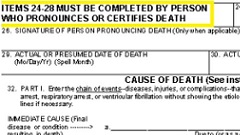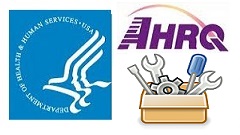Dr. Paul Bradley to Share Insight on Applying Predictive Analytics
Chief Data Scientist, Dr. Paul Bradley, an expert in the field of predictive analytics and ZirMed’s Chief Data Scientist, has been selected to present at two upcoming big data conferences in Boston and Santa Clara this September.
Read More








